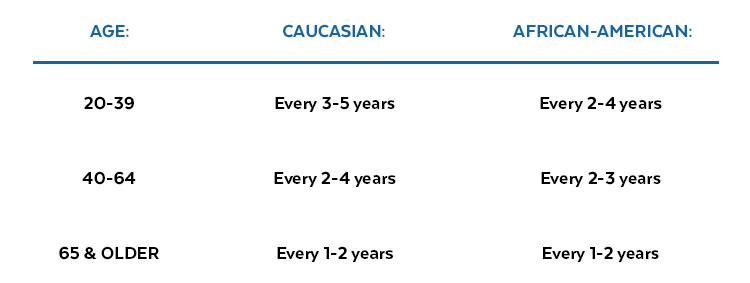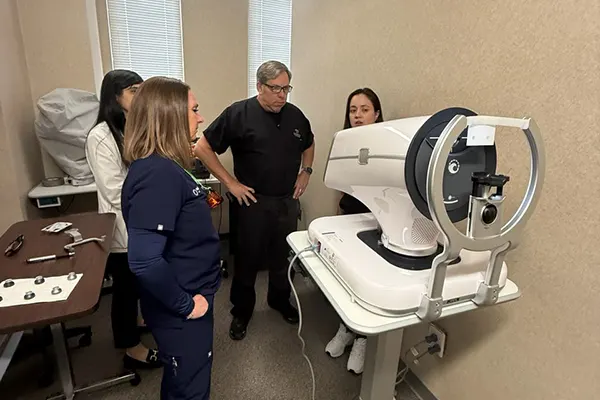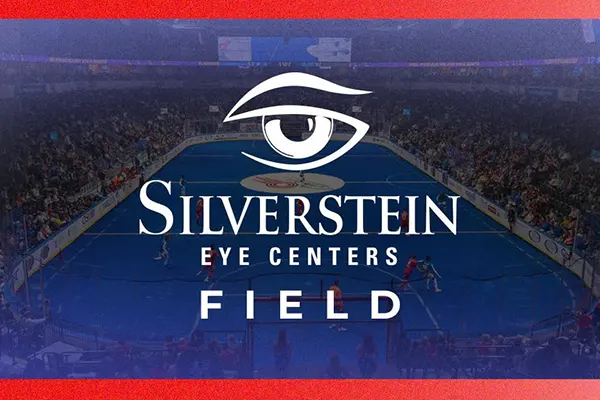Comprehensive Eye Exams
Compresensive Eye Exams
Regardless of your age or physical health, it is important for everyone to have regular eye exams.
Eye care starts with routine examinations. Our complete examination will reveal any eye problems, even hidden ones you may not be aware of.
If you have diabetes, high blood pressure, heart disease, arthritis, elevated cholesterol, or thyroid disease, your vision and the health of your eyes could be affected. Also, certain medications can cause visual problems, which is why it’s so important to have your eyes examined on a regular basis.
At a complete eye exam, called a dilated eye exam, the eye doctor widens the pupil of the eye with eye drops to allow a closer look at the inside of the eye.
Prevent Blindness America recommends that everyone receive a comprehensive eye exam through dilated pupils regularly as recommended by your eye doctor.
In general, the recommended frequency of comprehensive eye examinations for people without symptoms or special risk factors is:

People with special risks, such as diabetes, a previous eye trauma, surgery or a family history of glaucoma, may need an eye exam more frequently.
People with symptoms of eye trouble should see an eye doctor right away.
When an eye doctor examines your eyes, he or she is doing more than checking to see if you need glasses. During a complete eye exam, your eye doctor will not only determine your prescription for eyeglasses or contact lenses but will also check your eyes for common eye diseases, assess how your eyes work together as a team and evaluate your eyes as an indicator of your overall health.
Who Should Get Their Eyes Examined?
An eye exam can detect vision problems associated with frequent computer use. An eye exam can detect vision problems associated with frequent computer use.
Eye examinations are an important part of health maintenance for everyone. Adults should have their eyes tested to keep their prescriptions current and to check for early signs of eye disease.
Eye doctors use a wide variety of tests and procedures to examine your eyes. These tests range from simple ones, like having you read an eye chart, to complex tests, such as using a high-powered lens to visualize the tiny structures inside of your eyes. Regardless, when you have an eye exam, it will usually take anywhere from half an hour to an hour or more. depending on the tests required for your eyes.
Cover Test
While there are many ways for your eye doctor to check how your eyes work together, the cover test is the simplest and most common.
During a cover test, the eye doctor will have you focus on a small object at distance and will then cover each of your eyes alternately while you stare at the target. As they do this, eye doctors observe how much each eye has to move when uncovered to pick up the fixation target. This helps them to detect strabismus, or eye turn, which can cause amblyopia, poor depth perception, and other binocular vision problems. The test is then repeated up close.
Slit-Lamp Examination
The slit lamp is an instrument that the eye doctor uses to examine the health of your eyes. The slit lamp, also called a biomicroscope, allows the doctor to get a highly magnified image of the structures of the eye in order to thoroughly evaluate them for signs of infection or disease.
During this test, the doctor will have you place your chin on the chin rest of the slit lamp and will then shine the lamp’s light at your eye. The doctor looks through a set of oculars (much like a microscope in a science lab) and examines each part of the eye in turn. Your doctor will first examine the structures of the front of the eye (lids, cornea, conjunctiva, iris, etc.). Then, with the help of a special high-powered lens, he or she will view the inside of the eye (retina, optic nerve, macula, and more). A whole range of eye conditions and diseases can be detected with slit-lamp examination, including cataracts, macular degeneration, corneal ulcers, diabetic eye disease, … the list goes on and on.
Visual Field Test
In some cases, your eye doctor may want to check for the possible presence of blind spots (scotomas) in your peripheral or “side” vision by performing a visual field test. These types of blind spots can originate from eye diseases such as glaucoma. Analysis of blind spots also may help identify specific areas of brain damage caused by a stroke or tumor.


